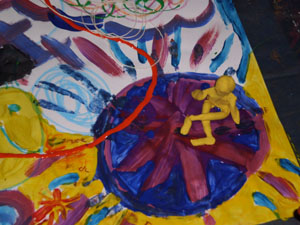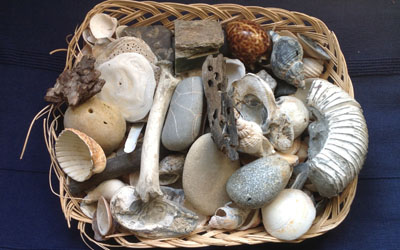Creative and Expressive Arts
‘The real voyage of discovery consists not in seeking new landscapes but in having new eyes’ Marcel Proust

Children
The medium of art and play therapy offer opportunities to ‘meet’ the child in an accessible and non- threatening way. This may include working with paint, clay, playdoh, story making, puppets, figures and sandtray, depending on what the child is drawn to. This offers a playful and direct approach to unravelling complicated feelings which can feel beyond words and reasoning.
’Everyday language is the language of thinking, whereas speaking through a story, or playing out what you want to say with dolls or puppets or through clay, a painting, or in a sandbox, means you are using the language of imagining. This is the child’s natural language’ M Sunderland
Young People
Whether setting a family dynamic out in the sandtray, or exploring a dilemma using paint and collage, expressive arts can make the complex and difficult experience of adolescence more easily shown, and understood.
Experience has shown that being able to access feelings in a direct and creative way, can enhance the therapeutic experience for the young person.


Adults
Working with creative technique in adult counselling does not require a pre-existing ‘artistic skill’, neither is it a preferred choice for everyone. Working symbolically with image or metaphor , using artistic materials, sandtray, or dramatic technique, lends insight as well enlivening the exploratory process in a way that is fun and unthreatening.
Supervision.
Use of the ‘third eye’ through using creative technique such as sandtray, small world or psychodramatic technique can be useful in setting out an organisational or systemic dilemma.
